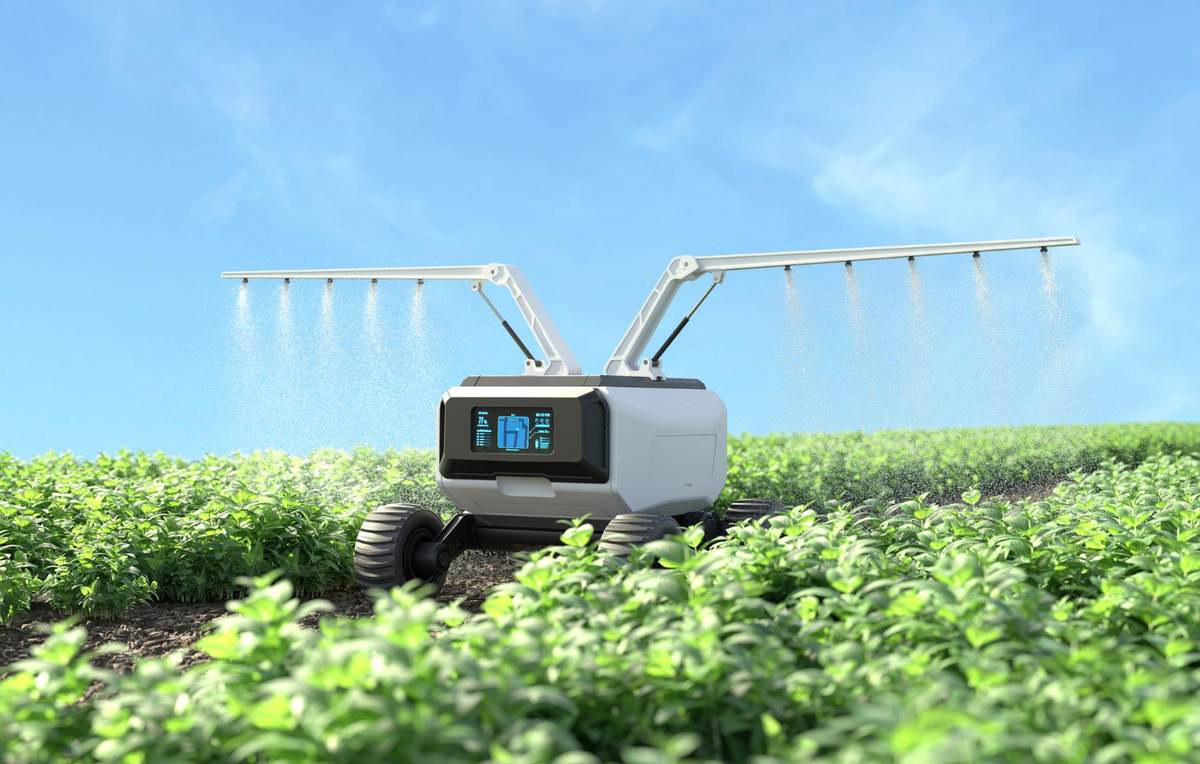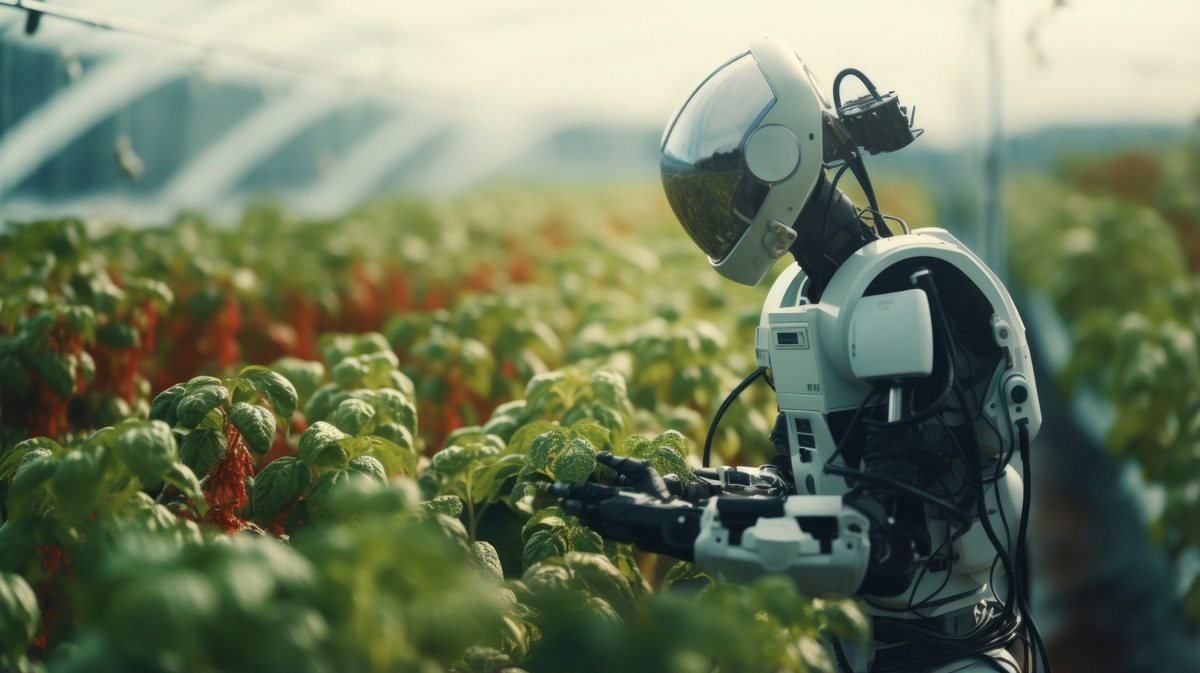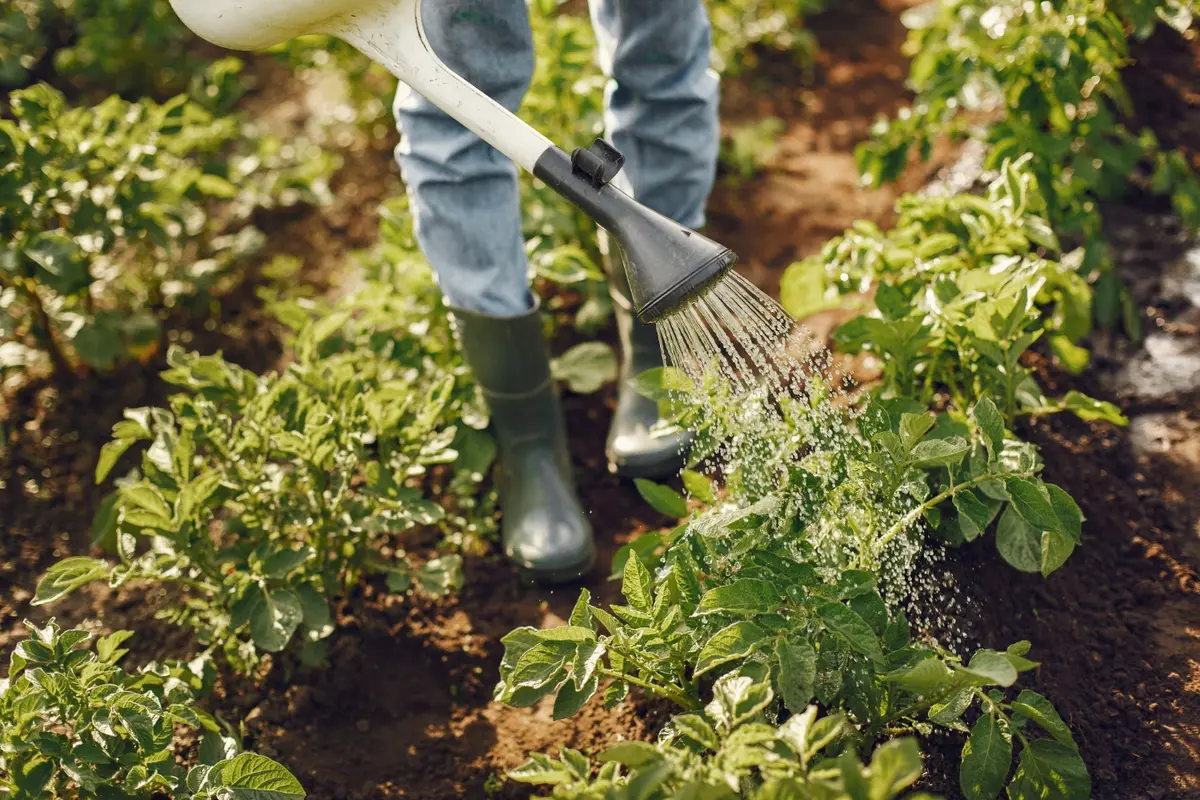The integration of robotics in the agricultural sector signifies a significant and revolutionary advancement in technology, providing inventive resolutions to the numerous obstacles encountered by the farming industry. These agricultural robots are equipped with advanced sensors, artificial intelligence, and automation capabilities, enabling them to perform a wide range of tasks such as planting, harvesting, crop monitoring, and precision farming. However, it is important to acknowledge that the incorporation of robotics in agriculture brings about a diverse range of advantages and disadvantages.
Agricultural robotics offers numerous advantages, primarily by automating labor-intensive activities like planting, harvesting, and weeding, which ultimately enhances efficiency and productivity. This proves particularly beneficial during periods of labor shortages as it reduces the reliance on human labor. Additionally, robotics facilitates precision farming, enabling the precise and optimized utilization of resources such as water, fertilizers, and pesticides. Consequently, this promotes sustainability and effectively mitigates the environmental impact associated with agricultural practices.
However, smaller-scale farmers may face a significant hurdle in terms of the substantial initial investment required for the acquisition and implementation of robotic technologies. Additionally, the requirement for specialized technical expertise in operating and maintaining these technologies presents another drawback, which could potentially lead to a technological divide. Furthermore, the intricate process of integrating robotics into existing farming methods and the possibility of technical failures or malfunctions pose further challenges that must be overcome to ensure the widespread and successful adoption of robotics in agriculture. In this article, we will briefly discuss about various advantages and disadvantages of robotics in agriculture.
Table of Contents
Advantages of Robotics in Agriculture

1. Labor Efficiency
Agricultural robots play a vital role in automating labor-intensive activities like planting, harvesting, and weeding, thereby minimizing the reliance on manual labor. This becomes especially significant during peak seasons when there is a prevalent shortage of agricultural workforce.
2. Precision Farming
Robotics plays a pivotal role in facilitating precision agriculture through the utilization of sensors and imaging technologies to gather crucial data about soil conditions, crop health, and weather patterns. This valuable information empowers farmers to make informed decisions based on data, thereby enhancing the efficient utilization of resources such as water, fertilizers, and pesticides.
3. Increased Productivity
Automated procedures and ongoing surveillance lead to enhanced efficiency. Machines can operate tirelessly, enabling greater productivity and advancements in overall agricultural production.
4. Consistent and Quality Output
Robots execute tasks with unwavering accuracy, resulting in a standardized and superior harvest output. This holds significant significance in sectors such as fruit and vegetable cultivation, where the consistency of the produce plays a pivotal role.
5. Safety Improvements
Robots possess the capability to undertake tasks in perilous environments or circumstances that could potentially endanger human laborers. Such tasks encompass operating in exceedingly high or low temperatures, managing toxic substances like pesticides, or maneuvering through arduous terrains.
6. Cost Reduction
Although the initial capital required for implementing robotic technology can be substantial, the subsequent operational expenditures are likely to be lower owing to minimized labor costs, enhanced resource utilization, and improved overall efficiency.
7. Innovation and Technological Progress
The incorporation of robotics in the agricultural sector fosters a continuous drive for innovation. Scientists and engineers consistently strive to improve the capabilities of robots, resulting in the development of more advanced and specialized agricultural robots.
8. Sustainable Agriculture
Robotics plays a crucial role in advancing sustainable farming practices by mitigating the environmental consequences associated with agricultural activities. Through the implementation of precision farming techniques, the reliance on chemicals, water, and other resources is significantly reduced, thereby aligning with the fundamental principles of sustainable agriculture.
Disadvantages of Robotics in Agriculture

1. High Initial Costs
Implementing and procuring robotic technologies involves significant initial expenses, encompassing the acquisition of specialized machinery and infrastructure. This financial barrier may pose a formidable challenge for farmers operating on a smaller scale or with limited resources.
2. Technical Complexity
Specialized technical knowledge is essential for the operation and maintenance of robotic systems. To effectively utilize and address any issues with these advanced technologies, farmers and agricultural workers may require specific training. However, the existence of this skills gap has the potential to impede the widespread adoption of such robotic systems in the agricultural sector.
3. Limited Adaptability
Agricultural robots are frequently engineered to fulfill particular tasks, and their capacity to accommodate various farming operations may be constrained. This inflexibility could potentially hinder their effectiveness in various crops, climates, or agricultural methods.
4. Dependency on Technology
Relying excessively on robotics in farming operations can result in a susceptibility to vulnerabilities. The occurrence of technical failures, software glitches, or malfunctions could potentially disrupt crucial tasks, thereby causing potential losses in crop yield or operational downtime.
5. Job Displacement Concerns
The implementation of robotics in specific tasks has sparked worries regarding the displacement of jobs in the agricultural industry. Although robots can enhance productivity, they have the potential to diminish the need for a human workforce, which could have an impact on employment opportunities in rural regions.
6. Environmental Impact of Manufacturing
The environmental consequences of producing and disposing of robotic components can result in electronic waste. To address this issue, it is crucial to focus on sustainable approaches in the manufacturing and disposal of robotic technologies.
7. Weather Dependency
The functionality of robotic systems can be influenced by unfavorable weather conditions, including intense rainfall, strong winds, or extreme temperatures. This reliance on weather conditions has the potential to restrict the dependability of robotics, particularly during crucial farming periods.
8. Limited Access for Small Farmers
Small-scale farmers may encounter difficulties in accessing and affording advanced robotic technologies, which can further widen the gap in resource utilization and productivity between larger and smaller agricultural enterprises.
Future of Robotics in Agriculture

The potential of robotics in agriculture is vast, despite the obstacles that currently exist. However, with the continuous advancements in technology, it is anticipated that these challenges will be overcome. Concerns such as high initial costs, technical complexity, and limited adaptability are expected to be addressed as robotic systems become more user-friendly and adaptable to various farming operations. This will potentially reduce the barriers to entry for smaller-scale farmers. To ensure the responsible integration of robotics into agriculture, collaborative efforts between technology developers and regulatory bodies are crucial. By streamlining regulations, these collaborative initiatives can facilitate the smooth adoption of robotics in the agricultural sector. Additionally, innovations in data security and privacy measures will help alleviate concerns in these areas. The ongoing development of resilient and weather-resistant robotic systems, along with sustainable manufacturing practices, will contribute to the reliability and environmental friendliness of agricultural robotics. Furthermore, as the agricultural workforce evolves, robotics is likely to complement human labor, leading to a more efficient and productive farming landscape. Ultimately, the future of robotics in agriculture depends on addressing current challenges through technological innovation, collaborative initiatives, and a commitment to sustainable practices.







